Living-Dining Room Layout: How To Decorate An Open Plan Room
3rd Apr 2020Posted by Laura Rich on 3rd Apr 2020
Posted by Laura Rich on 3rd Apr 2020
Open-plan living rooms have slowly become the norm because they provide a great social space for family and friends. But without a bit of careful design and clever eye-trickery they can look a bit confusing (and untidy)! So what is the best way to decorate a living-dining combo? We have a few affordable ideas that will make your home the envy of your friends and family.
First things first, think about how you want the space to work for you. Is it a place to relax, a family hub, a home office, a party house? Is your dining table in the living room, your home office in the kitchen? All of the above? What feel do you want to create? Colour and texture will play a big part in the feel of the space.

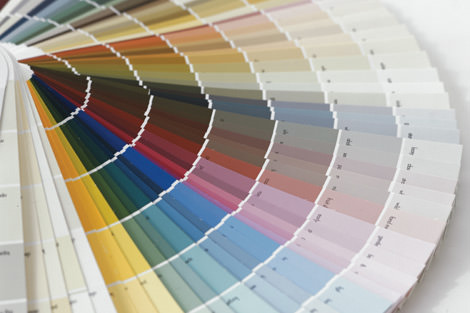
First, let’s talk a bit about colour. Moreover, let’s talk about tone in colour and how it links to the feel of a space. I’m quite sure you’ve all spent some time in your local DIY shop collecting armfuls of colour swatches (no? Just me? Okay). The colour samples are very helpfully organised with strong versions of the colour at one end and softer versions towards the other end right?
If you pick colours that are all on the strong end (dark tones) you will get a bold (and possibly quite lively) space, especially if you pick colours that are opposite each other (contrasting) on the colour wheel.
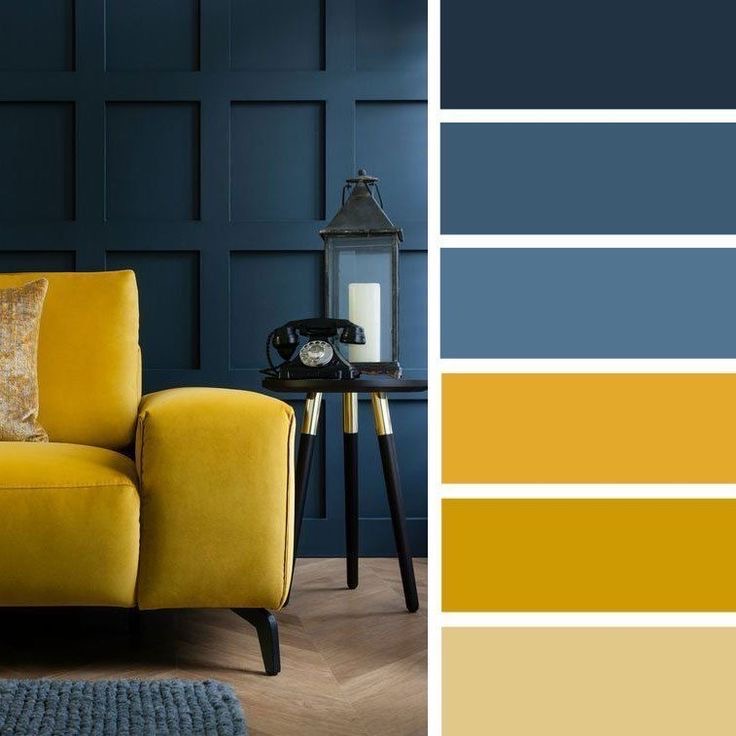
Equally, if we look at the same colours but using tones on the softer/lighter end, you can see that you get a softer, more calming feel.
Now, I’ve said it before and I’ll say it again, life is about balance. That goes for colour, design, texture, size and material.
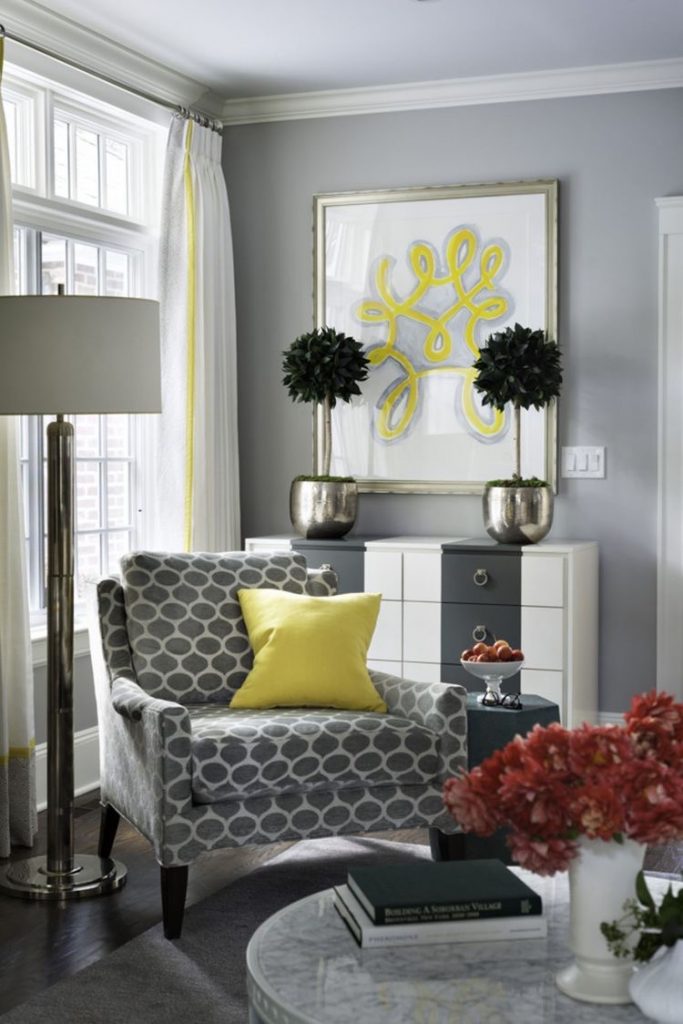
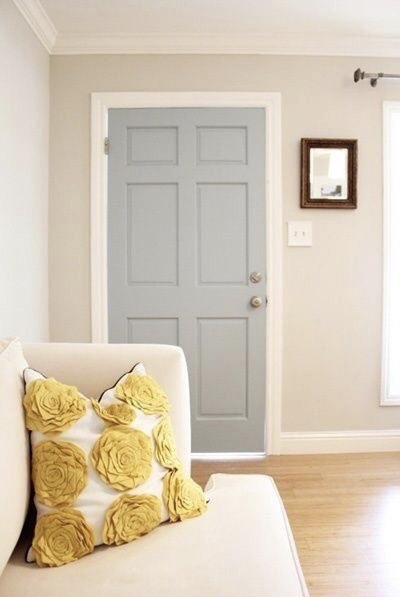
Colours that are near to each other on the colour wheel are complimentary. Warm neutrals are bang on trend right now and tend to be variations of cream (which has a base in yellow) and pink (red base). These are essentially tones of red and yellow which are near to each other on the colour wheel and are considered ‘warm’ colours. Throw in some chocolate brown (red base believe it or not) or charcoal grey for a dark tone to create balance.
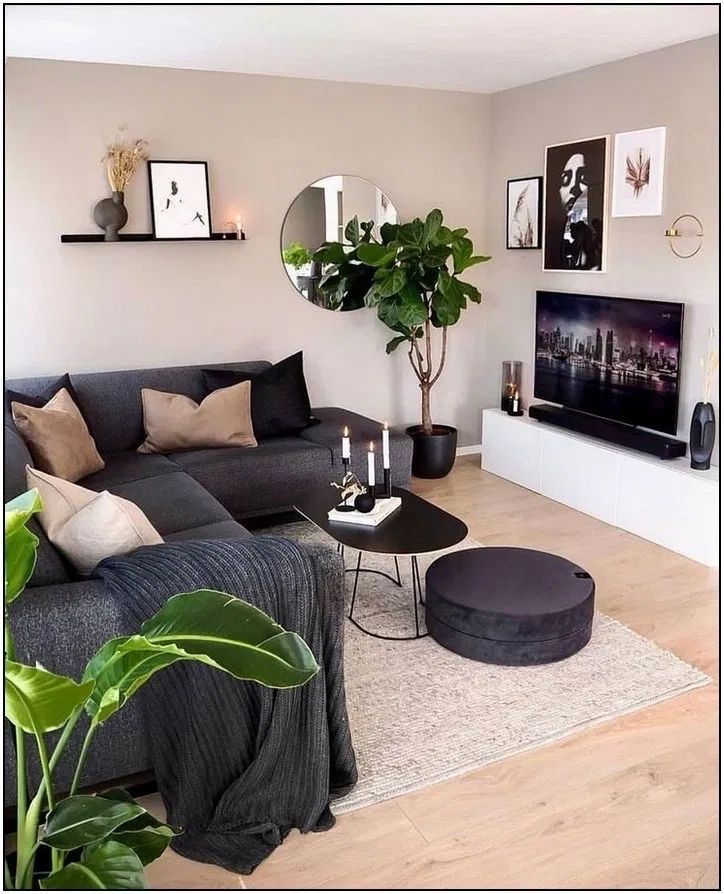
Grey will never go out of fashion in my opinion; use grey as a base colour and you can add any other colour to give it some zing or keep to colours on the blue scale to compliment it. Ever wondered why grey and mustard yellow work so well? Grey has its base in blue; yellow and blue are contrasting colours. Mix up the tones for extra punch - light grey/dark mustard, dark grey/pale mustard.
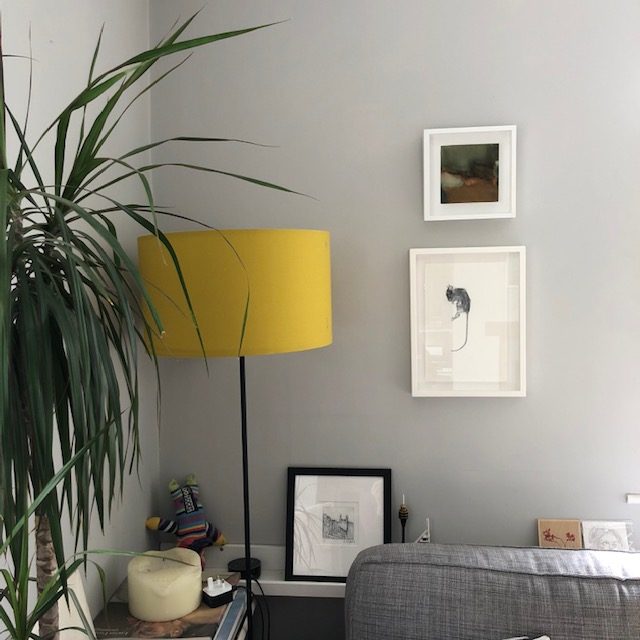
Natural light loves white (ooh I made up a rhyme!) If you have oodles of natural light plus a warm neutral or grey-based colour palette, the room will feel spacious. Be careful not to leave it too unstimulating - think about using accent colours (think opposite on the colour wheel), either in the fixtures and fittings, furniture, textiles, artwork or knick-knacks.
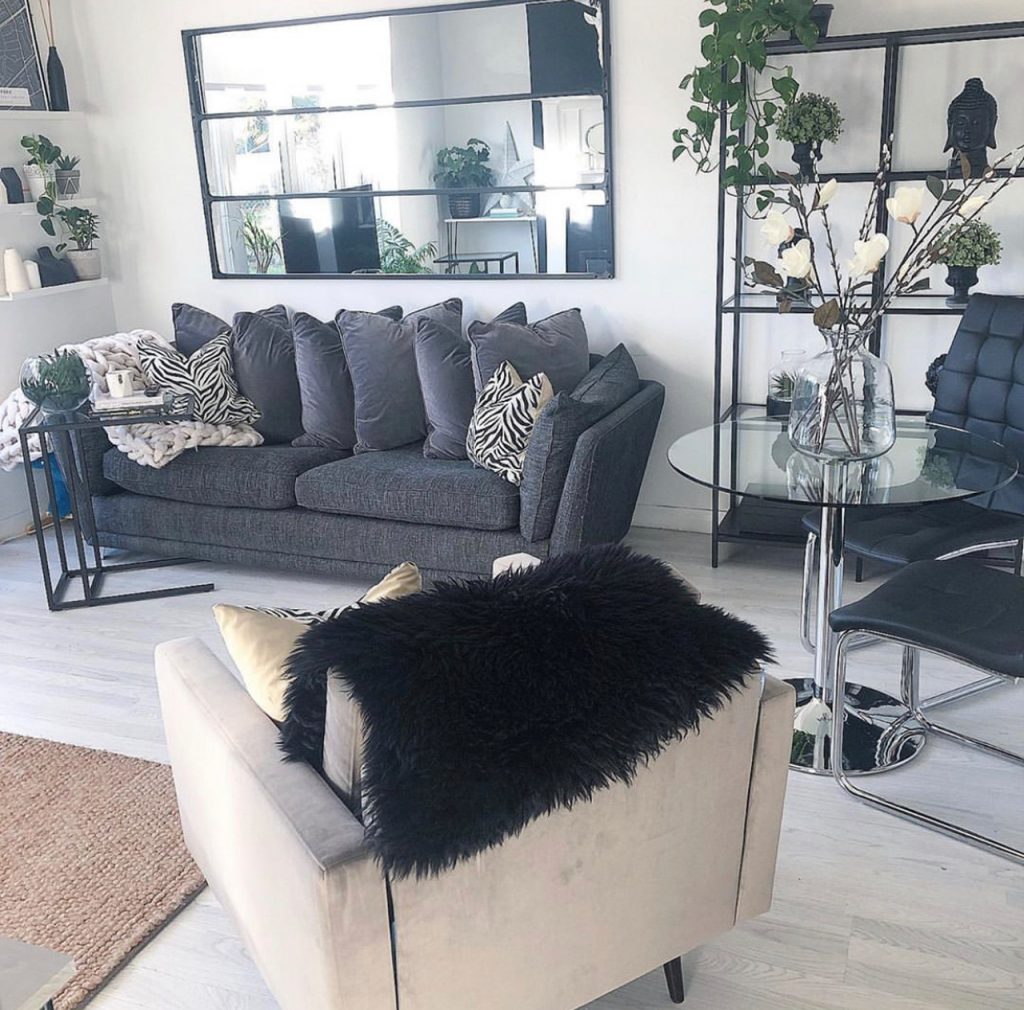
Accent walls can create separation. If you have a large space, consider breaking it up with colour blocking or an accent wall. My top tip for colour blocking is to buy good decorator’s masking tape. My personal favourite is Frog Tape - it produces clean edges every time!
If you’re not ready for a paint job, consider a beautiful wallpaper or a stand-out rug to help zone areas. Which brings me on to...
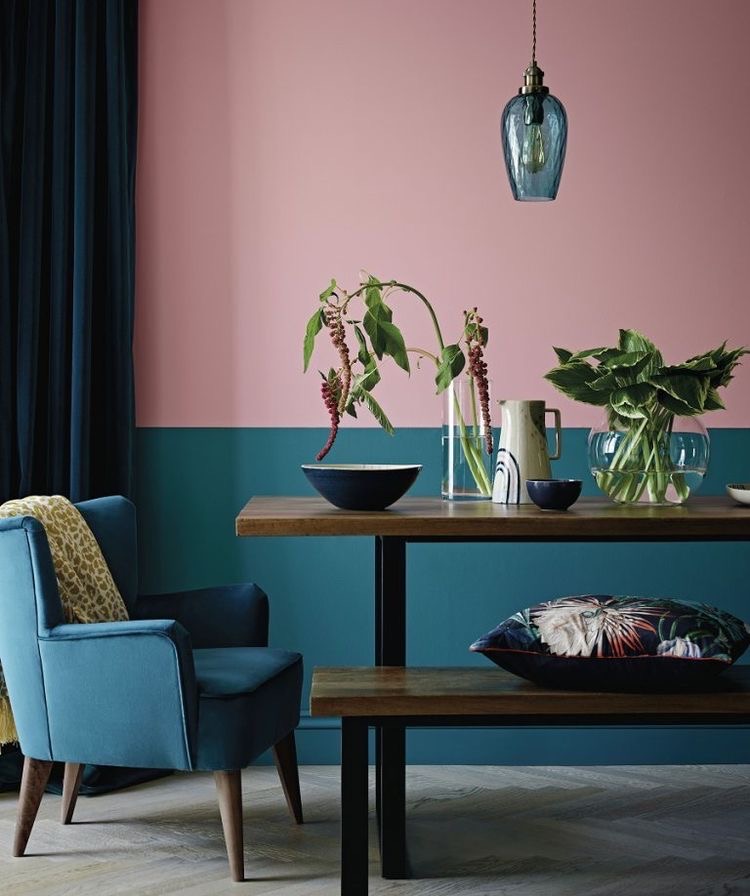
I’ve talked about zoning areas of a space using furniture before. A living room dining room combo can be organised using a bit of eye-trickery to create a cohesive whole. Consider using a shelving unit or console table to divide the living and dining areas. Top tip: Try not to create a corridor effect when you place the furniture, think about how you want people to move around the room.
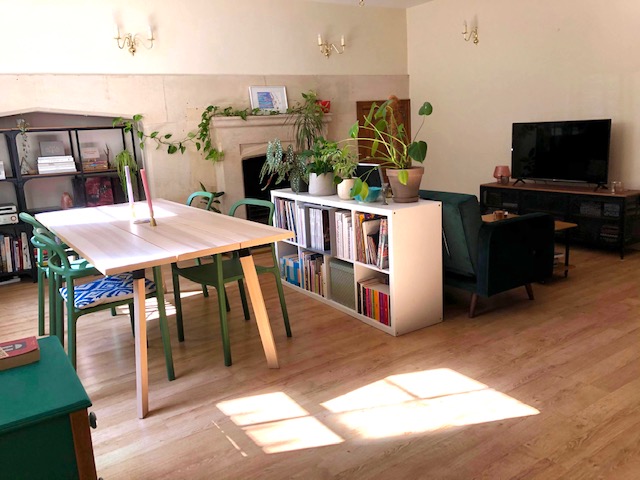
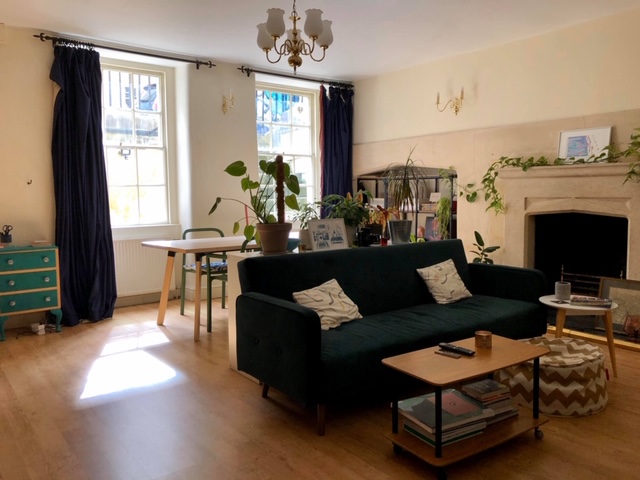
Try if you can to place your dining set near a window so that you get the feeling of eating outdoors and because it will create a nice flow around the room. Furthermore, using greenery around the whole space is another way to add an accent colour. Buy all the plants!